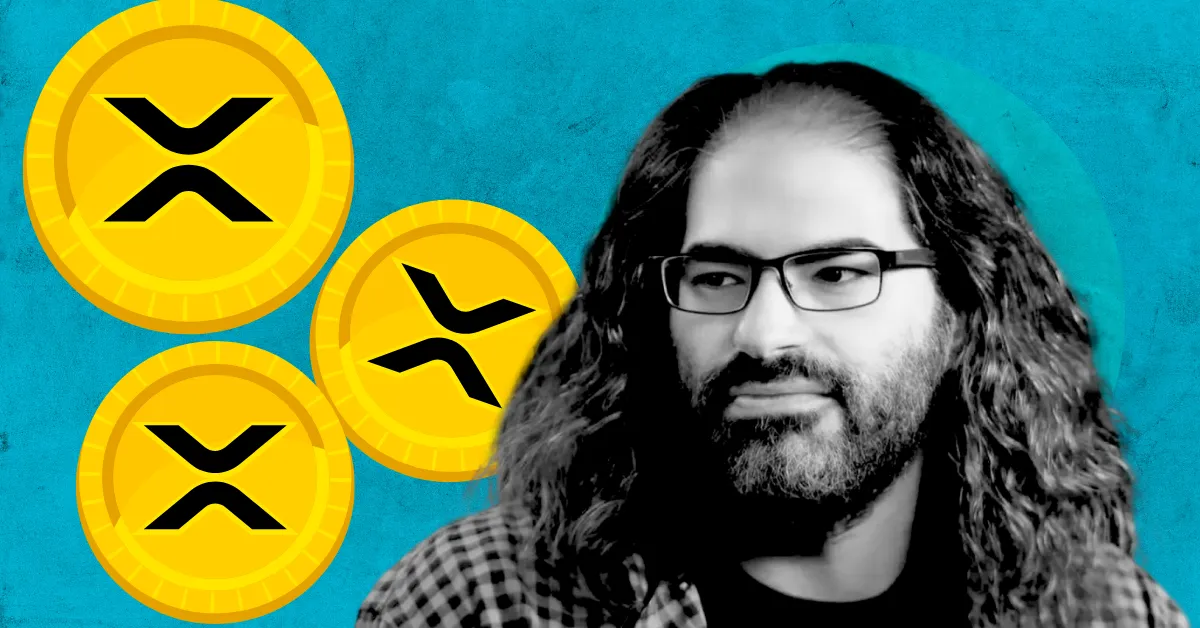The XRP Ledger (XRPL) outage in early 2025 was a pivotal moment for the blockchain and cryptocurrency community. The incident, which halted block production for over an hour, raised critical questions about the reliability of a ledger that has long been celebrated for its speed and scalability. Understanding the technical and community perspectives of this event requires a deep dive into the incident itself, the design principles of the XRP Ledger, and the broader implications for the cryptocurrency ecosystem.
The Event: What Happened During the XRP Ledger Outage?
On February 6, 2025, the XRP Ledger experienced an unexpected failure that halted block production for more than an hour. The impact was immediate: transactions stalled, decentralized finance (DeFi) operations on the ledger paused, and confidence was momentarily shaken. Ripple’s Chief Technology Officer, David Schwartz, provided post-event insights, explaining that the failure was attributed to an unanticipated flaw triggered by a particular edge-case in transaction consensus mechanisms. This caused the validators to reach inconsistent ledgers, temporarily fracturing network consensus.
Schwartz emphasized that the decentralized nature of the network meant recovery required coordinated validator software updates and a brief ledger rollback to restore harmony. While the hour-long freeze was disruptive, it reflected the inherent challenges of maintaining decentralized ledger consensus under complex, real-world conditions. The incident was a reminder that even mature blockchains are vulnerable to software bugs and that ongoing vigilance and rapid response capabilities are indispensable.
The XRP Ledger’s Design: Speed and Tradeoffs
To understand why this outage matters, it’s essential to revisit the XRP Ledger’s core design principles. XRPL was built for fast settlement and low transaction costs, intended to support global payments and tokenized assets efficiently. Unlike many UTXO-style blockchains, XRPL adopts an account-based model and employs a consensus protocol via trusted validators rather than Proof of Work or Proof of Stake alone.
This design provides remarkable transaction throughput and energy efficiency but places a heavy emphasis on validator coordination and ledger state consistency. Maintaining this balance requires careful software engineering, as rapid development—a theme openly shared by Schwartz who revealed early XRP code was “fast, messy, real-time”—can lead to edge-case bugs surfacing under scaled use.
Historical Context and the Ledger’s Evolution
David Schwartz and Ripple co-founder Arthur Britto are often credited as original architects of the XRP Ledger. Schwartz’s rare social media disclosures, including a commit tree of the early XRP codebase and tales of tokenized metal assets on XRPL from as early as 2013, highlight a trajectory from experimental real-time code pushes to the robust, increasingly feature-rich distributed ledger of today. These snapshots provide crucial context: XRPL has always been under continuous evolution, balancing innovation with stability.
The community response to the outage was informed by this history—many expressed concern, but with a nuanced understanding that software systems inevitably face bugs. Ripple’s openness in discussing the cause and remedies helped maintain trust, contrasting with less transparent projects that might obscure faults.
Impact on XRP Price and Market Dynamics
Interestingly, the outage coincided with a turbulent period for XRP markets. Earlier in 2025, XRP had experienced significant price volatility, including a dramatic spike nearing $3 and subsequent cooldowns. Such price action is often amplified by overall crypto market sensitivity—when Bitcoin dumps 5%, XRP and ETH frequently see deeper short-term declines by 10-15%, especially in volatile phases.
Following the outage, some investors feared contagion impacts; however, Ripple’s ongoing buyback of large XRP chunks—700 million tokens recently—along with whistleblower clarifications from CTO David Schwartz, helped stabilize market sentiment. He explicitly debunked rumors of market manipulation linked to massive XRP transfers, reinforcing a narrative of long-term credibility despite volatility.
The CTO’s Role: Transparency and Vision
David Schwartz’s role extends beyond technical oversight. His regular engagement with the XRP community—whether through Reddit AMAs, cryptic posts coinciding with price movements, or clarifications on XRP’s investment potential—provides a human anchor in a complex ecosystem. For example, his recent candid remarks on volatility, potential for gradual appreciation, and features like staking and automated market makers (AMMs) paint XRP not as a get-rich-quick asset, but as a digital asset worthy of patience.
Schwartz’s philosophical stance, including humorous “YOLO” posts in the face of memecoin hype, reflects a grounded realism about crypto’s risks and rewards. The CTO’s transparency regarding failures such as the ledger crash also exemplifies a commitment to community confidence.
Moving Forward: Lessons and Improvements
The XRP Ledger crash serves as both a cautionary tale and a catalyst for innovation. Ripple CTO and the wider XRPL developer community have since prioritized enhancing validator software robustness, improving edge-case handling, and accelerating upgrade deployment protocols. Additionally, ongoing upgrades to XRPL, designed to increase throughput, security, and interoperability, illustrate a ledger learning from its challenges.
The incident also reaffirms the necessity of decentralization practices that promote not only speed but strong network-wide consensus resilience. Community vigilance and developer responsiveness will be critical to avoiding future pauses in block production.
Conclusion: Resilience in a Maturing Ecosystem
The unexpected XRP Ledger outage in early 2025 was a significant, albeit temporary, disruption that tested the resilience of one of the oldest and most active open blockchain networks. Far from undermining confidence permanently, Ripple’s transparent handling, combined with CTO David Schwartz’s candid insights and historical context of XRPL’s evolution, provided vital reassurance.
The episode underscored the fundamental realities of innovative distributed systems: they are never perfect but are continually improved through real-world challenges. XRP’s journey illustrates a blockchain ecosystem learning to balance blazing speed with reliability, harnessing lessons from its past to build stability and renewed trust for the future. In the evolving cryptocurrency landscape, such transparency and commitment to progress remain the clearest sign of long-term viability.

